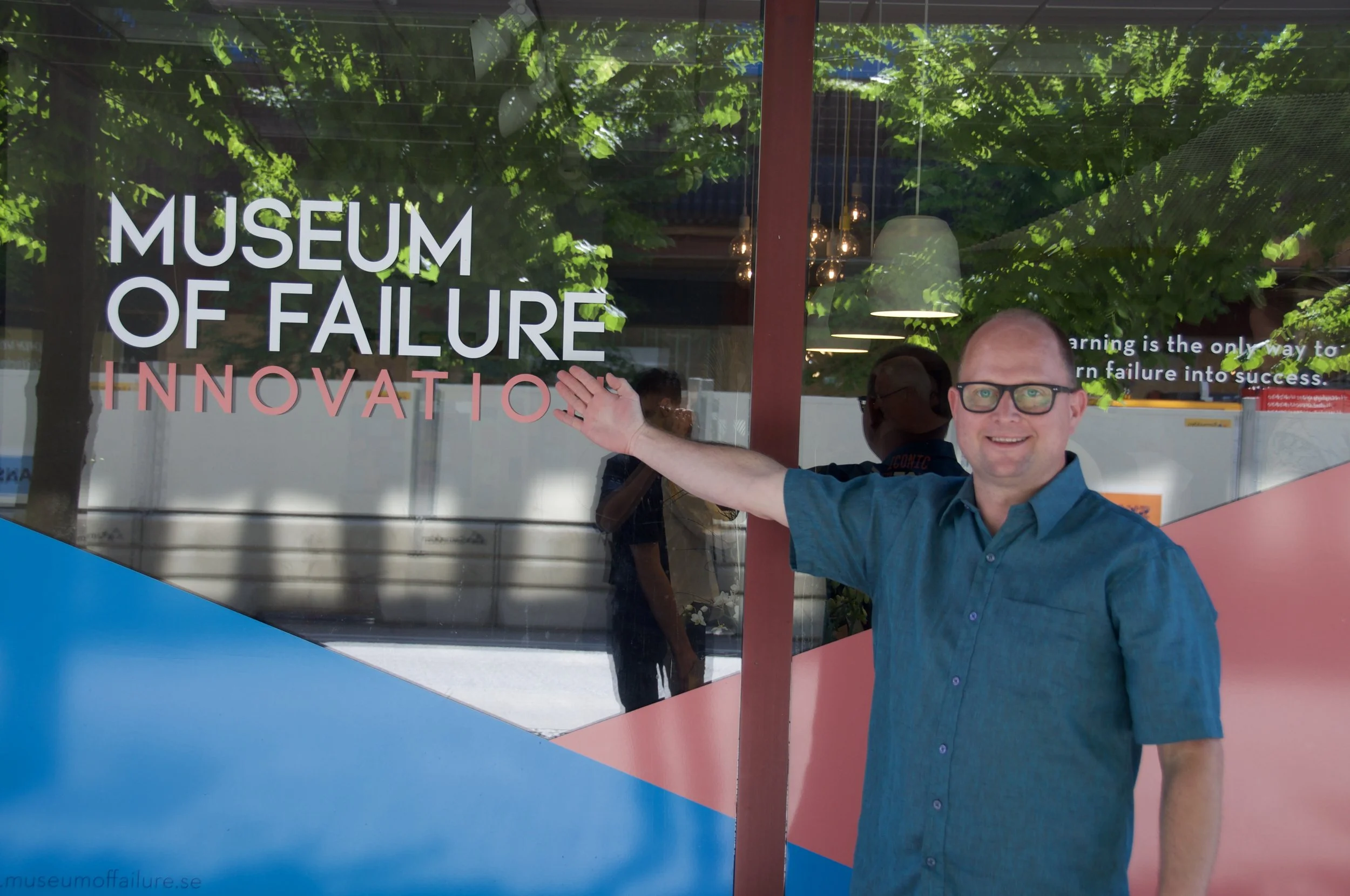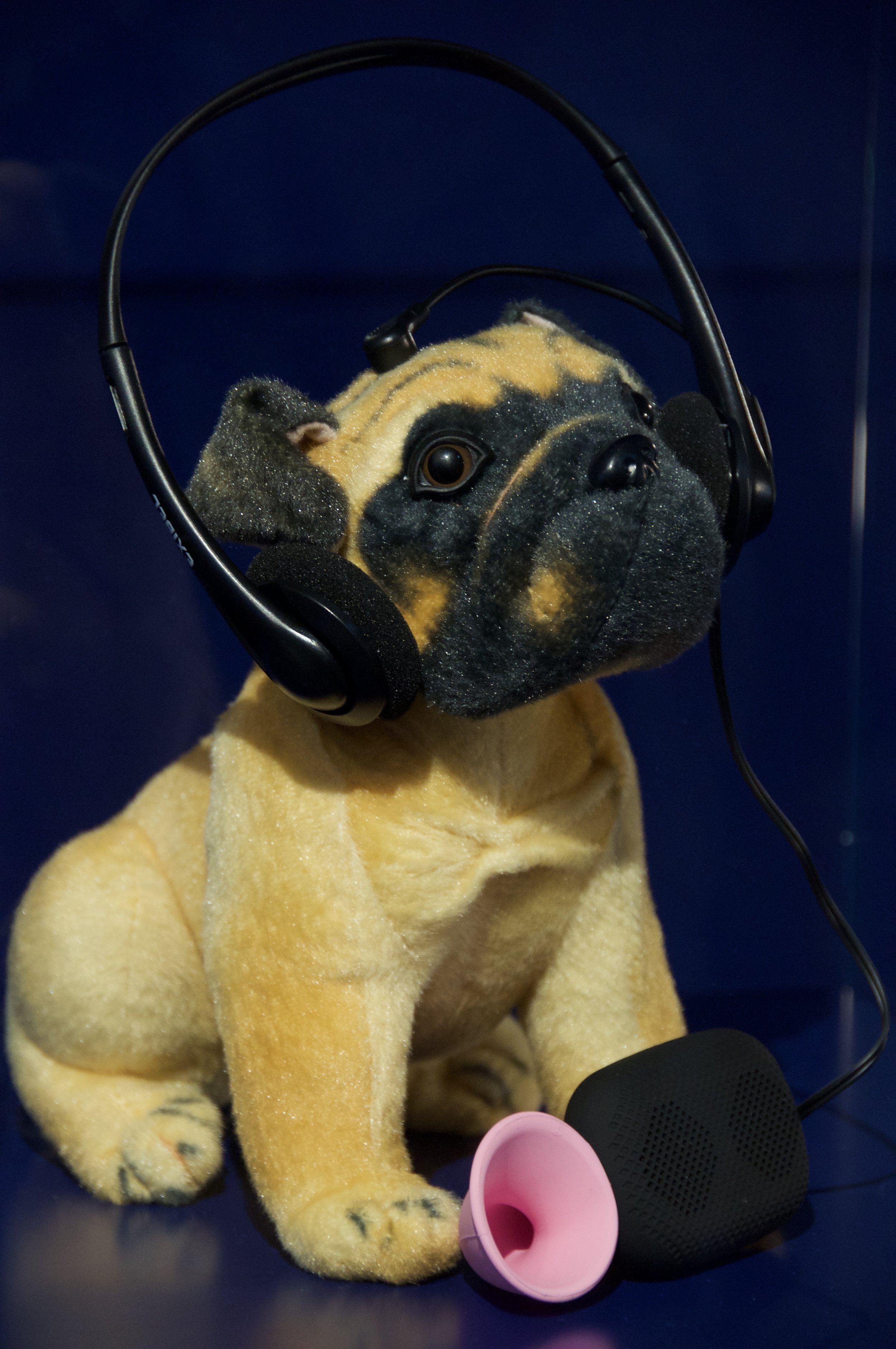Museum of Failures of Innovations
I stood along my dad looking at Apple’s Newton, a previous avatar of today’s smartphones that was launched in 1993. We were at the Museum of Failures of innovation that opened in the city of Helsingborg in Sweden last month.
“I remember when it came out. I wanted one,” my father said. “It disappeared from the market before I could lay my hands on it.”
So, the Apple mania was commonplace before us millennials as well. I had never seen a Newton before, and had only heard stories of it. It was ahead of its time, my father reminiscized. Though larger than my fist, and accompanied with a stylus, the device didn’t appear user-friendly but was certainly packed with features of a powerful computer of that time.
The museum was full of such spectacular flops, some ill-timed flunks and some absolute no-hopers (Heinz’s green ketchup anyone?).
“The idea behind this concept is to celebrate failures, and to learn from them,” said Dr. Samuel West, the brainchild behind the museum. He had walked over to us to show a finger glove to browse the smartphone and protect the screen from finger prints. Who could have thought that we needed such an innovation?
Helsingborg is Sweden’s eighth largest city with a population of only 130,000. In terms of attractions, it has little to boast about outside an elementary beach, and the Swedish royal family's country mansion, Sofiero. However, since the opening of the museum, the city has seen a surge of tourists queuing up to visit souvenirs of corporate failures.
The museum is nestled on a by-lane close to the city center (it will soon shift to a bigger location within Helsingborg to accommodate an ever-increasing collection), and currently displays close to 100 installations. This museum is one of its kinds, and makes an interesting stop-over for studying tangible remainders of failed launch stories rarely spilled beyond business books.
---
Ten notable failures on display at the museum
Crystal Pepsi
By: PepsiCo
1992-93
Crystal was a clear cola drink made by PepsiCo to match to the theme of purity, which was a fad in the early nineties. The product saw positive response in initial testing and launch, and PepsiCo poured in millions on its marketing campaign. Not to be left behind, Coca Cola launched a similar clear soft drink Tab Clear in the same year. However, both the brands died fairly quickly for consumers didn’t like the taste, and were taken off the market once the novelty faded. There was no Crystal Pepsi launch in India, so I had never heard about it. I was lucky, for Dr. West had scored a bottle and he let me have a sip from it. It didn’t taste bad.
Coca Cola Blak
By: The Coca Cola Company
2006-08
Did you know that Coca Cola once launched a coffee drink? The idea may not seem too outlandish, for all cola drinks have caffeine, and since Coca Cola was in beverages business, it would have been natural to consider a brand extension into the world’s favourite drink. The drink was aimed at sophisticated drinkers, male, above 30 years. Though the taste didn’t resonate with most drinkers, and Coca Cola took the brand off the market, it was interesting to see the company launch coffee machines under the same brand name again in 2010.
Frozen Beef Lasagne
By: Colgate
1980s
Some innovations by certain corporations are simply mind boggling. For instance, the oral hygiene company Colgate once launched a frozen dinner, a beef lasagne! They must have quickly recognised that they have done something embarrassing, for they took away the product from the market quickly, and have ever since denied that any such product ever existed. Thanks to the museum, which reconstructed the original packaging, we can now see how it looked.
For Her
By: Bic
2011
The ballpoint pen company, Bic, once launched a pen specifically for women. It had floral patterns and glitter on the plastic body and, well, the rest was the same. The company claimed that it fitted comfortably in a woman’s hand. The product was a complete bust and was ridiculed the moment it was launched. Some innovations succeed because entrepreneurs aim to solve a real problem that at times they are struggling with themselves. But when corporations run out of ideas, such futile innovations are born.
Bofors toothpaste
By: Bofors
1968-71
In India, the weapons manufacturer, Bofors, has a notorious name given the association with bribery scandals. Much before the scandal happened, Bofors tried to make itself a household name by launching ‘peace products’, essentially goods for common household use, such as toothpaste. However, rumours that these toothpastes had toxic materials killed the peaceful product, and Bofors went back to making guns.
Olestra
By: P&G
1996-99
P&G once tried to tackle the challenge of eating fried food by inventing a molecule, Olestra. It was a fat substituent, and P&G thought it had found way to the Holy Grail of food business. But for unwelcome side effects that came with Olestra, which was not absorbed by the human body. P&G quickly withdrew the product and was left standing with a wasted investment in a brand new multi-million dollar manufacturing plant. Later, P&G found another application for Olestra in environmental remediation, and managed to salvage some of its investment in research and infrastructure.
No More Woof
By: No More Woof
2013-14
A headphone-like-contraption for pets that, when worn, could communicate their thoughts such as ‘I am hungry’, ‘Leave me alone’, and so forth. Unbelievable, correct? Apparently, a lot of people didn’t think so and invested money in this Nordic start-up that provided convincing prototypes and demos. The company claimed ‘using advanced brainwave measurement equipment together with new software’ to identify 14 separate thoughts. However, no real commercial product ever came out from this start-up. The website www.nomorewoof.com still exists but has a disclaimer claiming that the product is still a work in progress.
TwitterPeek
By: Peek Inc.
2009-10
At the time when frenzy around Twitter was peaking, an American company launched a dedicated device to let users access to their Twitter stream on the move. The 200 US dollars device could serve no other purpose than read or write tweets. Yes, true. And the device let out a chirp when a new tweet arrived. But was it really needed, or was it another case of corporate lethargy where imaginary problems were attacked? The market gave the answer and the product didn’t survive more than a year. On its launch, Gizmodo ran a story titled, ‘The TwitterPeek Is So Dumb It Makes My Brain Hurt’.
Trump, The Game
By: Milton Bradley Company and Parker Brothers
1989-90; re-launch in 2004
Endorsed by Donald Trump himself, this game was expected to be a big hit and sell close to two million units. In its first launch, it managed to scrap through some 800,000 units. Not bad, one would say. Trump got 60% of the revenues from these sales. However, the complexity and boring nature of the Monopoly inspired game didn’t make it popular. Sample this: it came with a ten page instructions! A casino owner even invited Trump to play the game on a million-dollar wager, but Trump turned down the offer. A simplified version of the game was released in 2004, to ride on the success of Trump’s show ‘The Apprentice’, but the fate of the game remained the same as in the ’89 launch.
Zune
By: Microsoft
2006-12
Many of us perhaps remember this music player which was Microsoft’s tepid attempt at counteracting Apple’s iPod success. The expectations were high from this product, but it offered nothing new and disappointed even the most loyal consumers of Microsoft. The sales never really picked up but Microsoft kept the brand afloat for six years. Sense prevailed and the hardware was discontinued in 2011, followed by termination of all Zune services in 2012. To give credit to Microsoft, it managed to comeback to compete against Apple in hardware business again with its Surface line of products. Possibly, failure of Zune helped them learn and prepare for the future.
A version of this story appeared in National Geographic Traveller India
---















